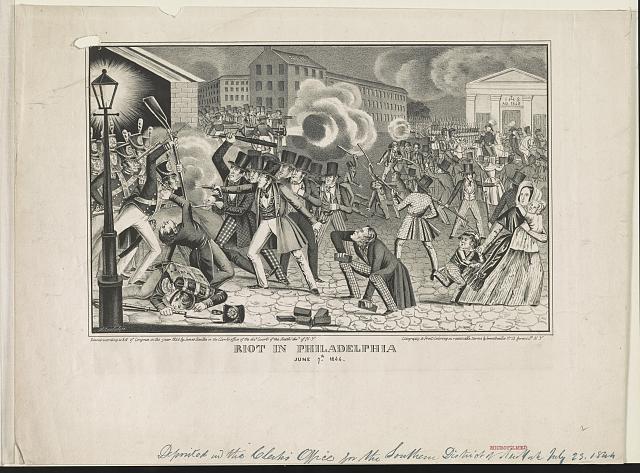Who doesn’t love a good mystery, especially a good history mystery? The Great Unsolved Mysteries in Canadian History web site seeks to draw you in through the mysterious element, turning everyone into detectives on history’s cold cases. The site explains, “The project builds on the new ‘document-centered inquiry’ and ‘active learning’ pedagogical thinking. The beauty of this format is that students have to make their research strategy and critical-thinking skills as they defend their theory” for each mystery.
Peter Gossage, history professor at the University of Sherbrooke in Quebec, says that the site’s design employs a detective analogy, encouraging users to explore digital archives to build their own narrative and craft their own interpretation on these mysteries. In fact, Gossage explains that one of the site’s main goals is to get users more involved with using primary sources through these digital archives—in this case, primary sources help solve Canadian history’s mysteries. Be sure to watch the rest of Gossage’s introduction to the site.
Explore the following 12 mysteries that cover a slew of themes, from slavery, to disease, to religious dissent, to family violence:
- Where is Vinland?
- Torture and the Truth: Angélique and the Burning of Montreal
- Jerome: The Mystery Man of Baie Sainte-Marie
- Who Killed William Robinson?: Race, Justice, and Settling the Land
- We Do Not Know His Name: Klatsassin and the Chilcotin War
- Heaven and Hell on Earth: The Massacre of the “Black” Donnellys
- Who Discovered the Klondike Gold?
- The Redpath Mansion Mystery
- Death on a Painted Lake: The Tom Thomson Tragedy
- Aurore! The Mystery of the Martyred Child
- Explosion of the Kettle Valley Line: The Death of Peter Verigin
- Death of a Diplomat: Herbert Norman & The Cold War
Each of these mysteries begins with a movie-like introduction, laying the story’s foundation. After the introduction, users can then delve into playing detective by following each story’s trail of clues and searching for answers in the site’s digital archives. Please note that each story has its own separate page with its own separate digital archive of primary sources.
The site also offers teaching resources, including lesson plans for each mystery, key concepts in historical thinking, foundational ideas, and printable posters. Teachers may also want to check out MysteryQuests, which are lessons based around the 12 mysteries from the Great Unsolved Mysteries in Canadian History site and organized by age: 11-14, 14-16, and 16-18. Each of these lessons contains an introduction, a set task, a list of procedures, an evaluation rubric, additional resources, and suggested extension topics, along with Teacher’s Notes that help frame the lesson.
One final, quirky feature: For those of you fluent in French, you might try exploring the site in Français.
This post first appeared on AHA Today.
This work is licensed under a Creative Commons Attribution-NonCommercial-NoDerivatives 4.0 International License. Attribution must provide author name, article title, Perspectives on History, date of publication, and a link to this page. This license applies only to the article, not to text or images used here by permission.



